Table of Contents[Hide][Show]
Have you recently experienced a new hair color that isn’t quite what you wanted, or are you simply curious if Vitamin C can affect hair dye? Whatever the case, exploring natural solutions is always a good idea. And Vitamin C, a familiar ingredient, might just be what you’re looking for to “refresh” your hair. Indeed, Vitamin C, with its natural properties, can assist in fading dye, especially temporary or semi-permanent ones. It works by helping break down color molecules and supporting surface cleansing, allowing color to wash away. This process can also bring other positive effects to your hair.
However, Vitamin C may not fully remove deeply set permanent dye; better effects are often seen when hair is dyed darker than natural. Still, it’s a gentle method worth considering. Let’s explore 4 simple ways to apply it right below.
4 Home Remedies Using Vitamin C to “Refresh” Your Hair Color
Now, let’s explore in detail 4 ways you can use Vitamin C to adjust your dyed hair color right at home. These methods focus on using natural ingredients, offering a gentle solution for your hair.
Vitamin C Paste “Mask” – The Basic Solution
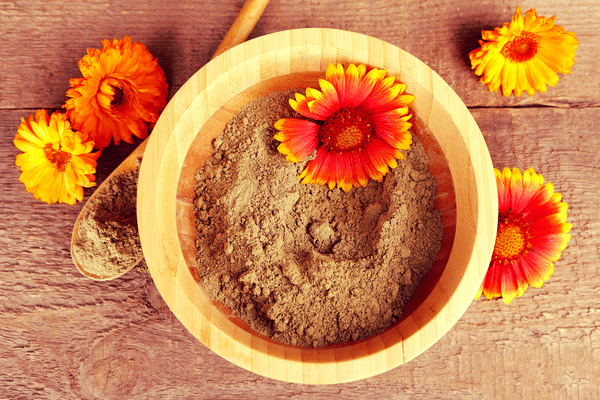
This is one of the simplest approaches. Imagine creating a smooth, rich mixture, much like a special hair care mask.
What You’ll Need:
- 1-2 tablespoons of Vitamin C powder (ascorbic acid).
- A sufficient amount of clarifying shampoo or a gentle, sulfate-free shampoo like ours Sweet Sunrise Shampoo.
How to Do It:
- Thoroughly mix the Vitamin C powder with your chosen shampoo to form a thick paste. Feel the mixture gradually combine, ready to “work” on your hair.
- Dampen your hair, then apply this mixture evenly to all the dyed sections you want to adjust. Gently massage it in to ensure even coverage.
- Put on a shower cap or wrap a warm towel around your head and leave the mixture on your hair for about 30-60 minutes. This is the time for Vitamin C to exert its effects.
- Rinse your hair thoroughly with warm water, then shampoo again if needed and follow with a conditioner to provide moisture. Your hair might feel cleaner, and the dye may appear slightly lightened.
Note: This method may need to be repeated a few times to see more noticeable results, depending on the type of dye and your hair’s condition. After application, pamper your hair with moisturizing products like ours Sweet Sunrise Conditioner or Smoothing Hair Serum to keep it soft.
Ascorbic Acid Rinse with Vinegar – Enhanced Cleansing

This method combines Vitamin C with vinegar (apple cider or white) to potentially enhance the surface cleansing of the hair, helping the dye to fade gradually.
What You’ll Need:
- 1/2 cup vinegar (apple cider or white).
- 1/2 cup warm water.
- 2 tablespoons Vitamin C powder (ascorbic acid).
How to Do It:
- Completely dissolve the Vitamin C powder in the warm water and vinegar mixture. You’ll have a liquid solution, which you can put in a spray bottle for easier application.
- Wet your hair, then spray or apply this solution evenly, concentrating on areas with darker dye.
- Gently massage your scalp and hair with your fingertips for about 5 minutes, helping the solution to make even contact.
- Leave it on your hair for about 20-30 minutes.
- Rinse your hair thoroughly with warm water. Afterwards, don’t forget to use a gentle shampoo and conditioner to cleanse and rebalance your hair’s moisture. You can explore our natural products.
Note: Vinegar can be slightly drying to the hair, so thorough conditioning afterwards is very important.
Fresh Lemon Juice – Nature’s Touch
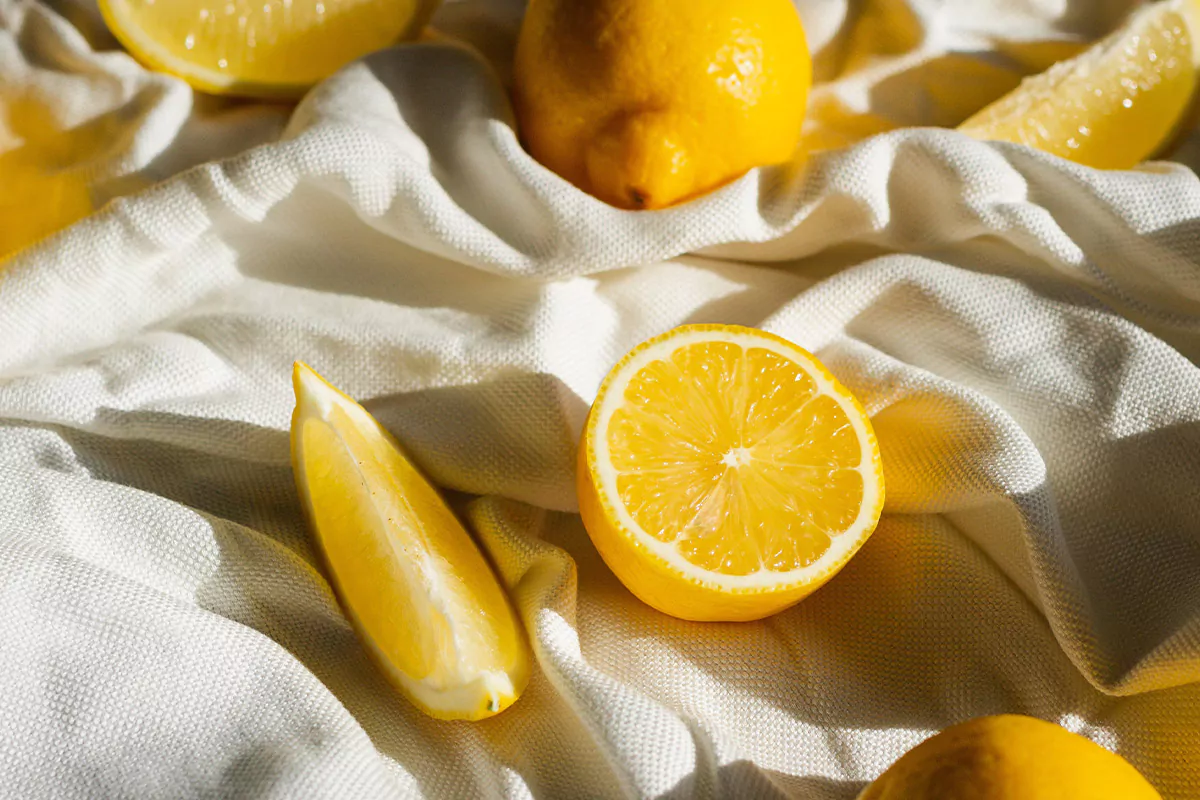
Fresh lemon, with its natural acidity, is also a popular choice to help gradually lighten hair color.
What You’ll Need:
- Juice from 2-3 fresh lemons.
- An equal amount of warm water.
How to Do It:
- Dilute the fresh lemon juice with warm water.
- Apply this mixture evenly to damp hair, from roots to ends, or only on the areas you wish to fade.
- Leave the mixture on your hair for about 20-30 minutes. If possible, you can sit in gentle sunlight (always protect your skin) to add a slight natural lightening boost.
- Rinse your hair thoroughly with water, then shampoo and condition as usual.
Note: Lemon juice can lighten hair and may also cause dryness if used frequently. Always moisturize well after application.
The “Power” Combo: Baking Soda and Ascorbic Acid Mixture

This method involves a two-step process, believed to have a more pronounced effect due to baking soda’s cleansing ability and Vitamin C’s action.
What You’ll Need:
- Mixture 1 (Baking Soda): 1/2 cup baking soda, 1/2 cup warm water.
- Mixture 2 (Vitamin C): 1/2 cup apple cider vinegar (or warm water), 2 tablespoons Vitamin C powder (ascorbic acid).
How to Do It:
- Step 1 – Cleanse with Baking Soda: Mix baking soda with warm water to form a paste. Apply evenly to damp hair, massaging gently for a few minutes to help remove surface dirt and oil, preparing it for the next step. Leave on for about 15-20 minutes, then rinse thoroughly.
- Step 2 – Act with Vitamin C: Dissolve the Vitamin C powder in apple cider vinegar (or warm water). After rinsing out the baking soda, apply this Vitamin C mixture evenly to your hair. Let it sit for an additional 15-20 minutes.
- Rinse Well and Restore: Rinse both mixtures out very thoroughly with warm water. Because this method can significantly dry the hair, using a rich conditioning treatment or a deep conditioning hair mask afterwards is crucial to restore moisture and softness.
Note: This is a deep cleansing method, so use it only when necessary and always prioritize intensive moisturizing afterwards.
Vitamin C and Your Hair: Key Considerations for Safe and Effective Use
While Vitamin C is a relatively gentle home solution, note these points to protect your hair:
- Risk of Hair Dryness: Vitamin C’s acidity can strip natural oils, potentially drying out hair, especially with repeated use or on already dry hair. Always deep condition with a conditioner or mask after each application to restore moisture and softness.
- Caution with Sensitive Scalps: High concentrations of ascorbic acid might cause temporary itching or redness on easily irritated scalps. Test on a small skin area first. You can also learn more about how Vitamin C interacts with sensitive skin.
- Results Can Vary: Hair color’s reaction to Vitamin C depends on the dye type and individual hair condition.
- Use in Moderation: Avoid overuse. Allow your hair time to rest and recover between applications.
For safer daily hair care and to get the benefits of Vitamin C for hair, prefer products with stable derivatives like Tetrahexyldecyl Ascorbate (THDA).
Tips to Optimize Effectiveness When Using Vitamin C
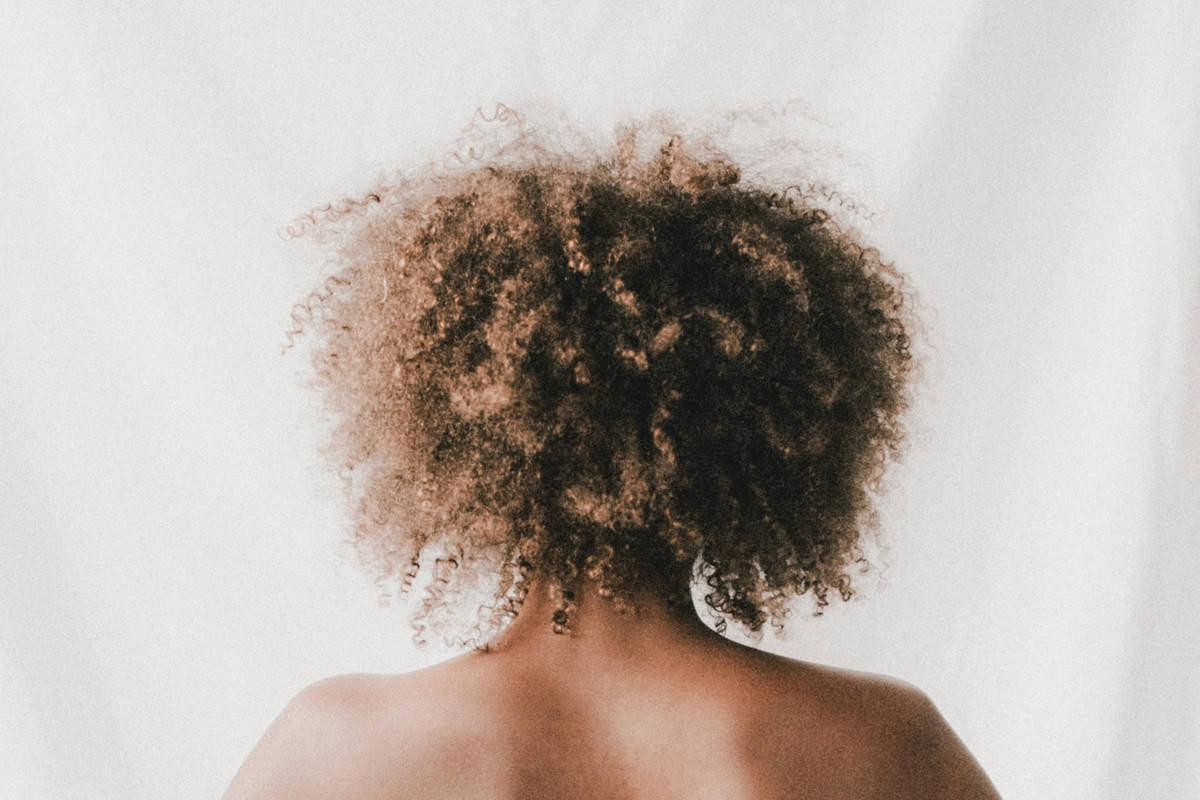
To ensure your use of Vitamin C for adjusting hair color yields better and safer results, keep these helpful tips in mind:
Saturate Thoroughly and Evenly:
When applying, make sure all hair strands in the targeted area are completely and evenly coated with the Vitamin C mixture. This helps the product act uniformly.
Consider Using Baking Soda First:
Baking soda can act as a gentle surface cleanser, helping to remove buildup and potentially allowing Vitamin C to work more effectively.
Always Deep Condition Afterwards:
This step is crucial. After each Vitamin C application, treat your hair with a Sweet Sunrise Conditioner or a hair mask to restore moisture, keep it soft, and prevent dryness.
Note for Permanent Dye:
Vitamin C can fade permanent dye, especially if used soon after dyeing. However, complete removal is very difficult as the dye alters the hair’s deep structure. Consider this a gentle lightening solution.
Patience with Black or Dark Hair:
For very dark colors like black, fading with Vitamin C requires patience and potentially multiple applications. Results may not be as immediate or dramatic as with lighter dyes.
Solution for Unwanted Box Dye:
If a home box dye job goes wrong, Vitamin C is a natural, gentle initial option to try fading the unwanted color, especially if you act quickly. If the color is too dark or stubborn, these DIY vitamin C solutions may not offer a drastic enough change
Easy Common Vitamin C Recipe:
A common recipe is mixing Vitamin C powder with clarifying shampoo to a paste. Apply evenly to damp hair, leave for 30-60 minutes, then rinse thoroughly and condition well. This is a basic, easy home method.
Caution When Combining with Dandruff Shampoo:
Some combine Vitamin C with dandruff shampoo to enhance color cleansing. However, this combination has a high risk of making hair very dry. If you try it, intensive deep conditioning afterwards is extremely important.
Confidently “Refresh” Your Hair with Vitamin C
Vitamin C offers a natural, gentle at-home solution to help gradually fade unwanted hair dye, proving particularly effective with temporary or semi-permanent colors. By carefully applying the shared methods and always prioritizing moisturization, you can progressively refresh your hair.
Remember, if you need a significant color change or have any concerns, consulting a professional is the best option. To explore more natural hair care solutions, feel free to read our articles on 7 ways to color your hair naturally and the best natural hair dyes.
Frequently Asked Questions
Is it better to put Vitamin C on dry or damp hair?
It’s commonly recommended for damp hair as it helps the mixture penetrate and distribute more evenly. However, some users find application on completely dry hair more effective for color fading. You can test on a small section to see what suits you best.
What is the fastest way to get hair color out of your hair?
Vitamin C is not the fastest way. Quicker methods like specialized color removers or salon bleaching are more potent but also riskier. Vitamin C is a gentle solution for gradual fading.
What cancels out hair color?
Vitamin C doesn’t “cancel out” color by using an opposing shade. Instead, its acidity helps break down dye molecules, assisting in fading and reducing the color’s intensity on the hair, helping it return closer to a lighter base.



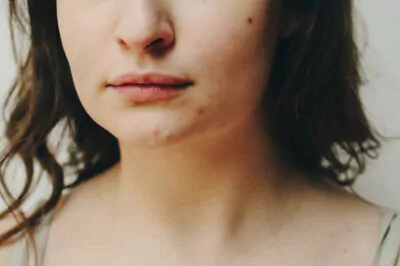
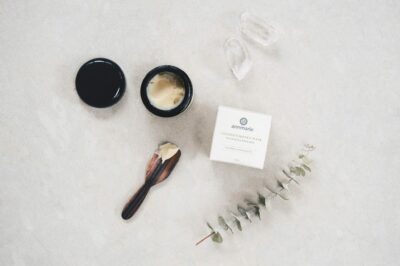



Leave a Reply